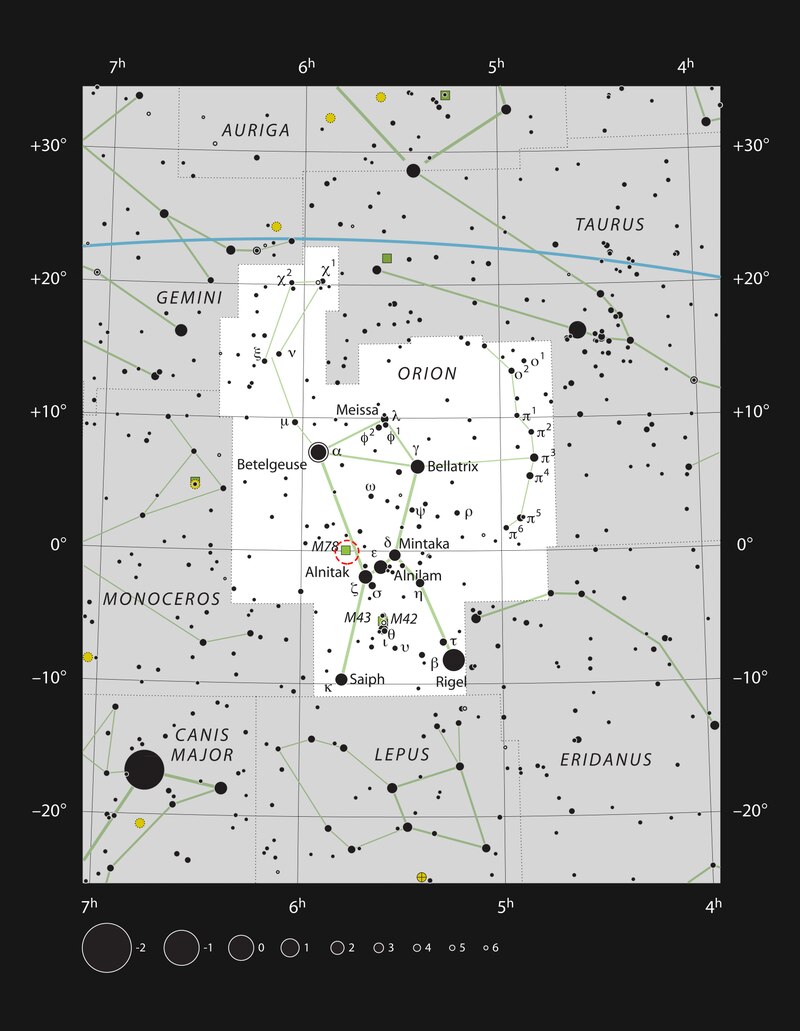Astronomers Observe Planet Formation Around Young Star HOPS-315

Astronomers have made groundbreaking observations of the earliest stages of rocky planet formation around a young sun-like star named HOPS-315, located approximately 1,370 light-years from Earth. This significant discovery was announced on July 15, 2025, by a collaborative team led by Melissa McClure from Leiden Observatory in the Netherlands, utilizing data from NASA's Webb Space Telescope and the European Southern Observatory in Chile. The findings provide a rare glimpse into the primordial processes that might have shaped our own solar system.
The research, published in the prestigious journal *Nature*, indicates that solid materials, including silicon monoxide gas and crystalline silicates, are condensing in the gas disk surrounding HOPS-315, marking the initial steps of planet formation. McClure stated, "We've captured a direct glimpse of the hot region where rocky planets like Earth are born around young protostars. For the first time, we can conclusively say that the first steps of planet formation are happening right now."
The observations are particularly noteworthy because they resemble the conditions believed to exist in the early solar system over 4.5 billion years ago. According to Fred Ciesla, a planetary scientist at the University of Chicago, who was not involved in the study, this research represents a crucial opportunity to understand the dynamics of planetary systems. He commented, "This is one of the things we've been waiting for. Astronomers have been thinking about how planetary systems form for a long period of time. There's a rich opportunity here."
HOPS-315 is classified as a yellow dwarf star in its infancy, aged between 100,000 and 200,000 years. The team was able to observe the formation processes within the gas disk due to the star's favorable tilt towards Earth, which allowed for a clear view of the disk's inner workings. The researchers discovered a gap in the outer part of the disk, enabling them to detect solid specks condensing—an unprecedented finding in astrophysics.
As they analyzed the disk's composition, the team identified the presence of silicate minerals, which are thought to be among the first solid materials formed during the early stages of planetary development. This discovery raises compelling questions about the universality of these formation processes. McClure remarked, "Our study shows that it could be a common process during the earliest stage of planet formation."
While previous studies have investigated younger gas disks or more mature disks with potential planetary candidates, this research is unique in its focus on the very onset of planet formation. The implications of these findings are profound. If HOPS-315 develops a gas disk similar to that of our solar system, it might host a comparable number of planets in the future.
Merel van 't Hoff, a co-author from Purdue University, expressed enthusiasm for the potential to discover more emerging planetary systems. He emphasized, "By casting a wider net, astronomers can look for similarities and determine which processes might be crucial to forming Earth-like worlds. Are there Earth-like planets out there or are we like so special that we might not expect it to occur very often?"
The study's insights contribute significantly to the ongoing discourse on planetary formation and the conditions necessary for life. As researchers continue to explore HOPS-315 and similar systems, they may uncover more about the origins of our solar system and the potential for life beyond Earth. The findings underscore the importance of advanced telescopic technology in expanding our understanding of the cosmos and the fundamental processes that govern planetary evolution.
Advertisement
Tags
Advertisement





